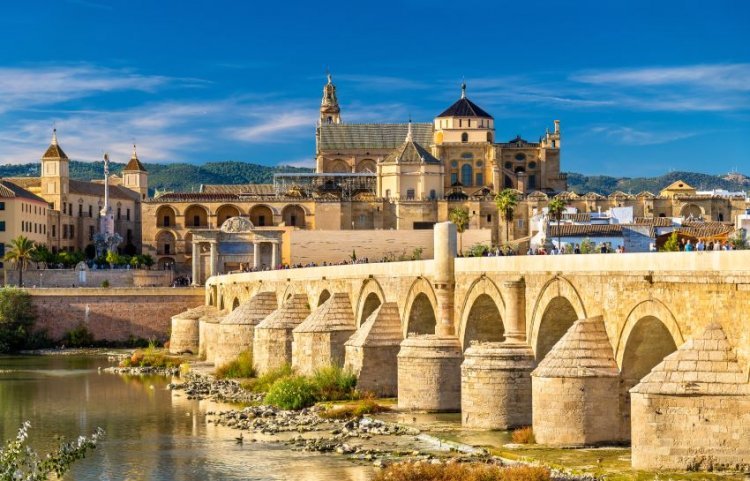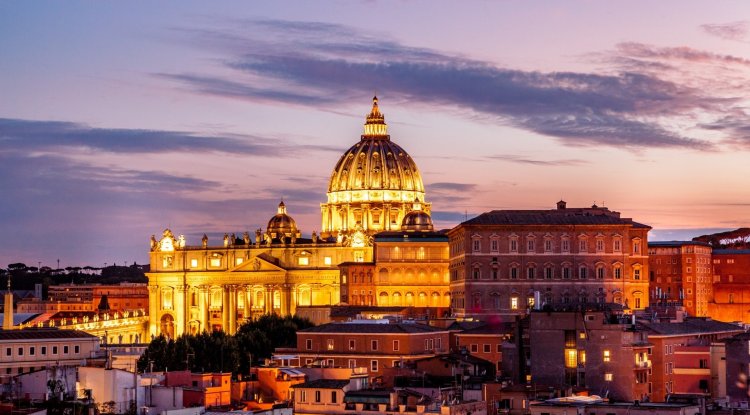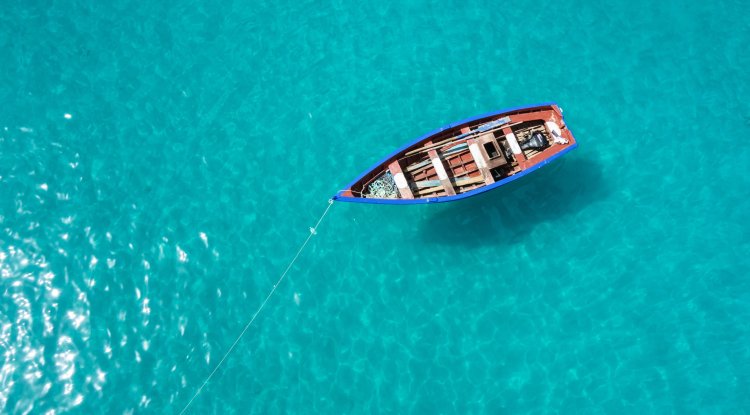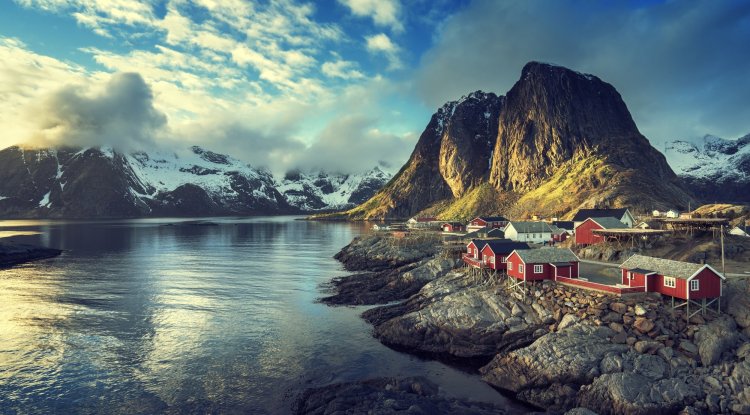Cordoba - Spanish Destinations
Cordoba is a city in Andalusia, in southern Spain, and the capital of the province of Cordoba. It is the largest city in the province, the third-largest in Andalusia, after Seville and Malaga, and the 12th largest in Spain. The first traces of human presence in the area are Neanderthal remains, dating from c. 42,000 to 35,000 BC. Pre-urban settlements around ...

Cordoba is a city in Andalusia, in southern Spain, and the capital of the province of Cordoba. It is the largest city in the province, the third-largest in Andalusia, after Seville and Malaga, and the 12th largest in Spain.
The first traces of human presence in the area are Neanderthal remains, dating from c. 42,000 to 35,000 BC. Pre-urban settlements around the mouth of the Guadalquivir River are known to have existed since the 8th century BC. The population gradually learned the metallurgy of copper and silver. The first historical mention of the settlement dates back to the catapult spread across Guadalquivir. At that time, General Hamilcar Barca renamed it Kartuba, from Kart-Juba, which means "The City of Juba". a Numidian commander who was killed in a battle nearby. Cordoba was conquered by the Romans in 206 BC and named "Corduba"
Climate conditions
Cordoba has a Mediterranean climate (climate classification Koppen Csa). It has the highest summer average daily temperatures in Europe (with high levels in July of 36.9 ° C), and days with temperatures above 40 ° C (104 ° F) are common in the summer months. The August 24-hour average of 28.0 ° C (82 ° F) is also one of the highest in Europe, despite relatively cold night temperatures.
Sights
Sights from the Roman period
The Roman bridge, across the Guadalquivir River, connects the Campo de la Verdad area with the Barrio de la Catedral. It was the only bridge in the city for twenty centuries, until the construction of the San Rafael Bridge in the middle of the 20th century. Built at the beginning of the 1st century BC, during the period of Roman rule in Cordoba, which probably replaced some more primitive wooden ones, it is about 250 m long and has 16 arches. Other Roman ruins include a Roman temple, a theater, a mausoleum, a colonial forum, the Adiectum forum, an amphitheater, and the remains of Emperor Maximian's palace at the Cercadilla archeological site.
Islamic sights
The Great Mosque of Cordoba
From 784 to 786, Abd al-Rahman built the Mezquita, or Grand Mosque, of Cordoba, in the architectural style of Umayyad with variations inspired by indigenous Roman and Christian Visigothic structures. Later, the caliphs expanded the mosque with several domed coves, arches, intricate mosaics, and minarets, making it one of the four wonders of the medieval Islamic world.
In addition to the Grand Mosque, there are also the Minaret of St. Juan, the Medina of Azahara, Caliphal Baths, the mills on the Guadalquivir River.
Jewish Quarter
Near the cathedral is the old Jewish quarter. It consists of many irregular streets, such as Calleja de las Flores and Calleja del Panuelo, in which a synagogue and a Sephardic house live.
Christian sights
There are Roman walls around the great Old Town: the gates include Puerta de Almodovar, Puerta de Sevilla, and Puerta del Puente, which are the only three gates left of the original thirteen.
Ferdinand's churches
The city is home to 12 Christian churches built by Ferdinand III of Castile (many were mosque transformations) after the city was reconquered in the 13th century.
Today, Cordoba is still home to many notable works of Moorish architecture, such as the Mezquita Cathedral. It was declared a UNESCO World Heritage Site in 1984. The status of UNESCO has since been expanded to include the entire historic center of Cordoba.
Check out our ROME TOURISTIC GUIDE!
By: Nitza - Gossip Whispers





























